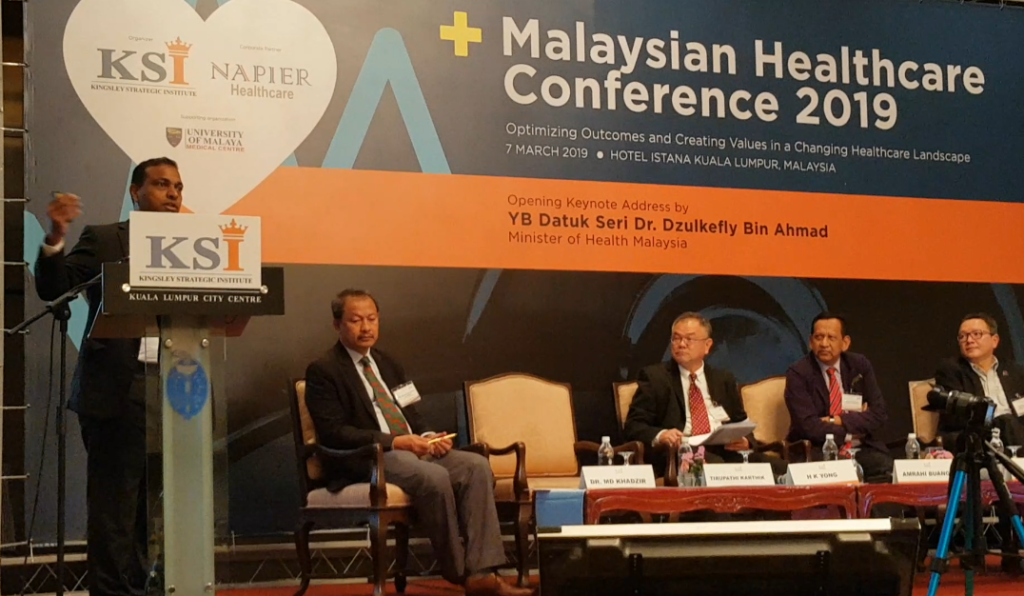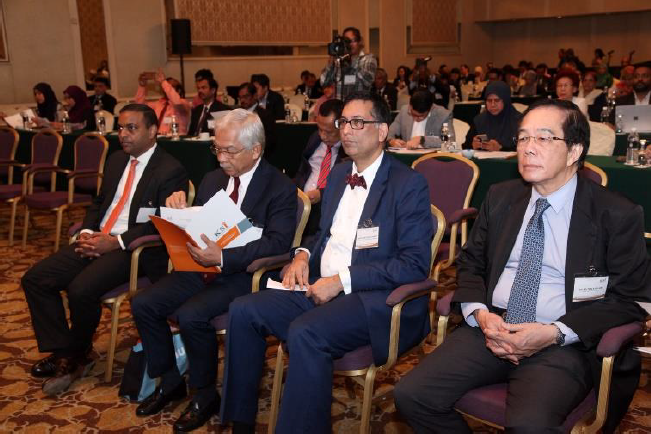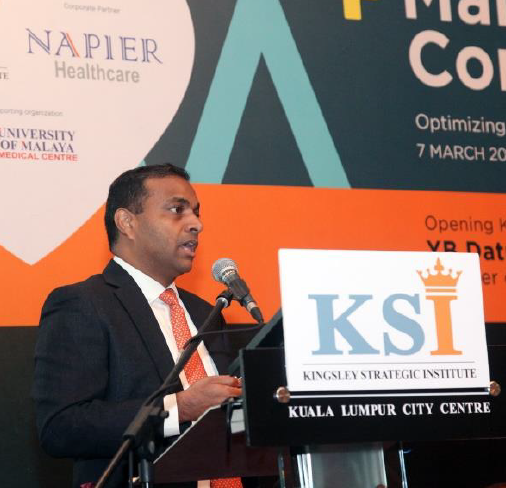
” Acute care is under much pressure as the paradigm has changed. It is no longer an expectation for patients to go to a specific healthcare provider, but rather it has become an expectation of how healthcare providers can deliver care to their patients. ”
Tirupathi Karthik, CEO of Napier Healthcare Solutions
In the last few years there have been changes to the healthcare industry which has become more ubiquitous and pervasive, impacting the way how healthcare is conducted. Acute care is under much pressure as the paradigm has changed. It is no longer an expectation for patients to go to a specific healthcare provider, but rather it has become an expectation of how healthcare providers can deliver care to their patients. At the same time, the need for home care for the elderly is on the rise. Globally, the homecare segment is growing at a rate of 13-15 percent, implying fast growth in elder care and long-term care. This is occurring for a variety of reason, especially in Asia due to the stigma associated when one sends their parents to a long-term care facility like a nursing home, which is looked down upon.
Residential care is also on the rise as many countries globally and in the region are undergoing demographic changes. For example, in Singapore, 25 percent of the population will be over the age of 65 in the near future. This will have consequences on a country’s healthcare budget. Countries like Australia and Hong Kong will soon face the same dilemma. Even China is expected to have 440 million citizens over the age of 65 by the year 2050. Hence, eldercare is a massive burden on the healthcare system, putting strains in taxation, the construction of nursing homes for home care and day care.

Figure 1 : CEO of Napier Healthcare, Tirupathi Karthik, seated with the rest of the panel speakers in “Malaysian Healthcare Conference 2019”.
There is also the issue of mobility. The way millennials consume and manage information is changing as they expect mobile devices to be the first point of contact. They have the same expectations when it comes to healthcare services. Therefore, information must be made available to them that is customised to their preferences, instead of the preferences of the healthcare provider. To respond to these changes, there is a need to develop an ability to deliver healthcare anywhere, even in the remote areas. This can be done with the Internet of Things (IoT) with the utilisation of bio-sensors, custom apps, assessments, and activities which can be done on site, at home, or the clinic of a physician. Teleconsultations, real-time alerts, and analytics related to outcomes can be conducted without incurring the physical cost of travel or the setting up of healthcare infrastructure in remote places.

Figure 2: Tirupathi Karthik, CEO of Napier Healthcare Solutions, sharing his point of view.
The weakness of the conventional system, being unlinked, is that it forces patients to explain their health scenario repetitively as they consult various physicians, needing to carry stacks of reports required for each stage. This can be frustrating for patients. Instead, technology can be used to bring value to the system by enabling a referral network for practical use, such as EMR diagnostics, which can be used universally by the healthcare system to allow the appropriate delivery of care. Therefore, it is about managing patient’s data and the experience in a seamless manage through the use of technology.
In any country, the biggest concern for healthcare is the availability of nurses and nursing care expertise. Many nurses come from other countries, implying a lack of nursing expertise locally. However, when one considers the daily task of nurses which normally involves the recording of patient data. This can be resolved by having nurses interact with back-end system via a voice interface using artificial intelligence to manage task. For example, vitals readings can be transmitted via Bluetooth connected to IoT which can go directly to a patient’s EMR. This saves approximately 2-3 minutes per patient in terms of data reading and entry, avoiding human error. Such technology has the potential to deliver superior patient engagement and improved outcomes.
* This article report was published in December 2019 issue of ‘Kingsley Strategic Institute for Asia Pacific’ Malaysian Healthcare Conference 2019 & re-published with their permission.
